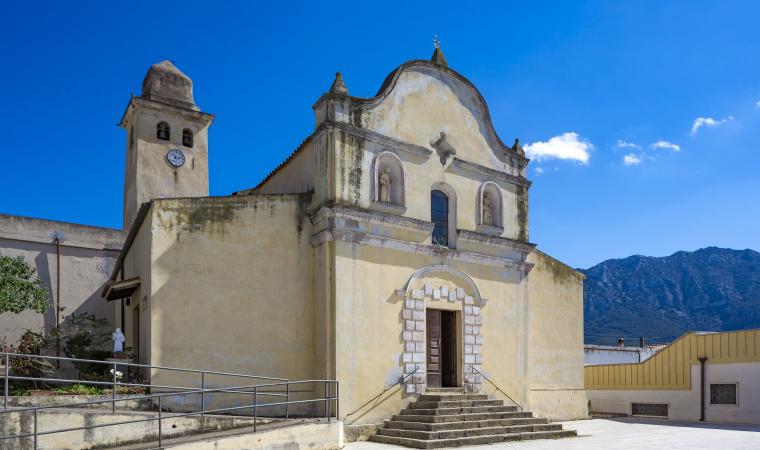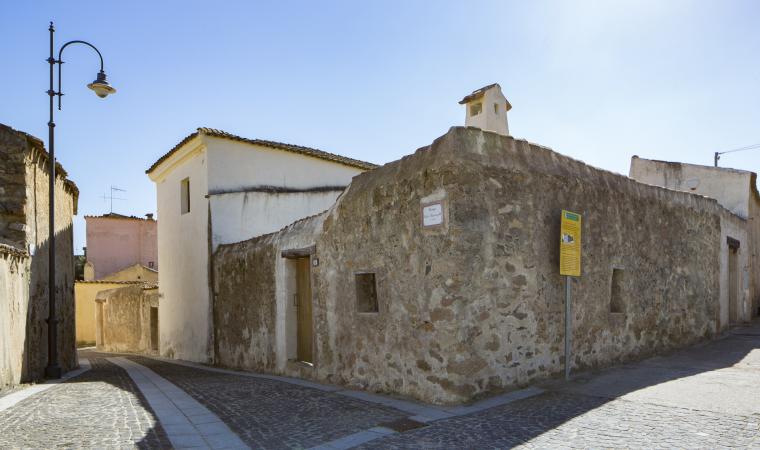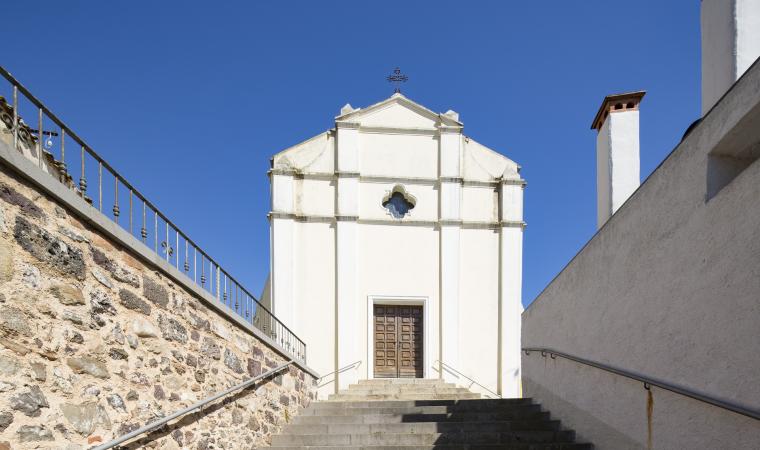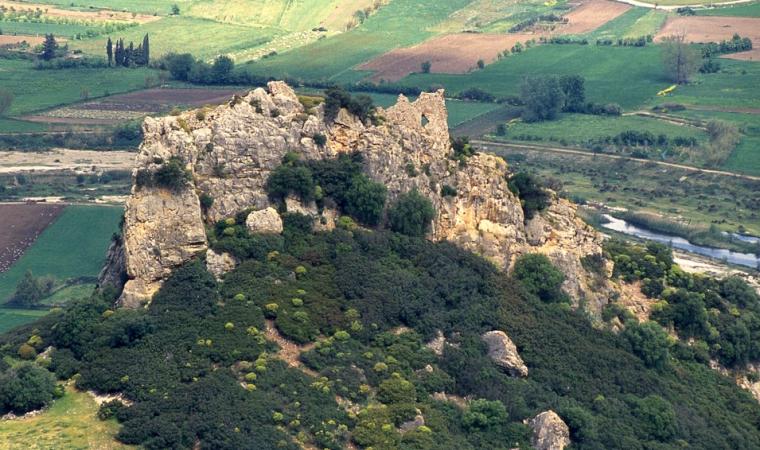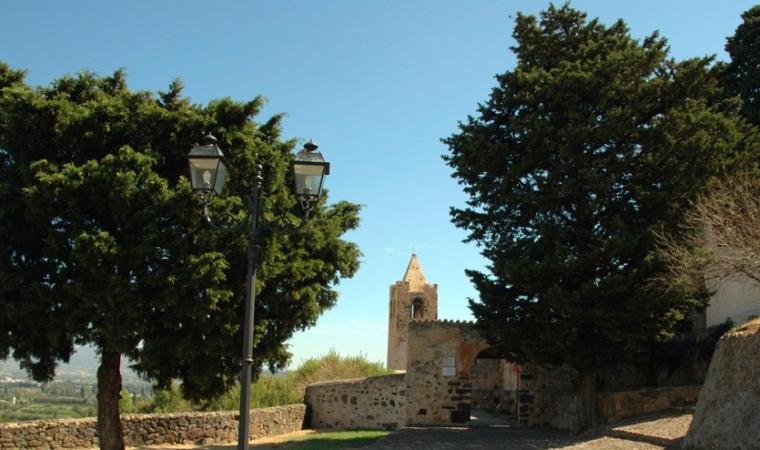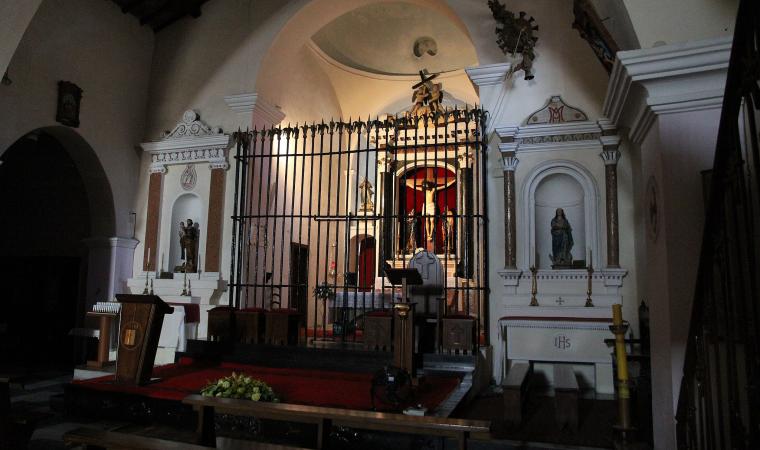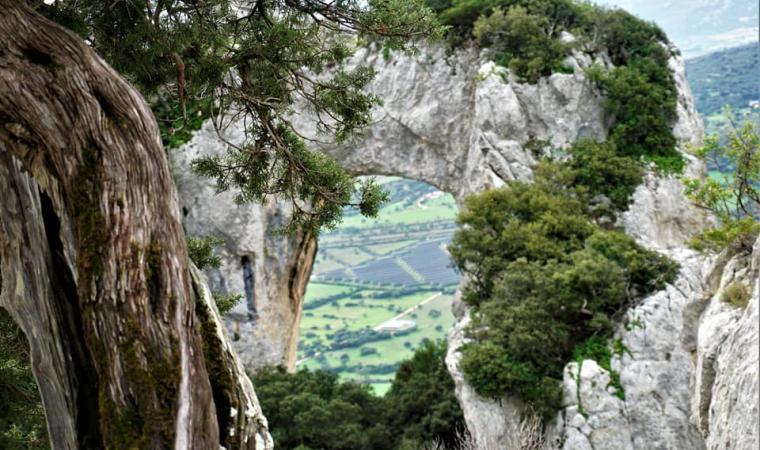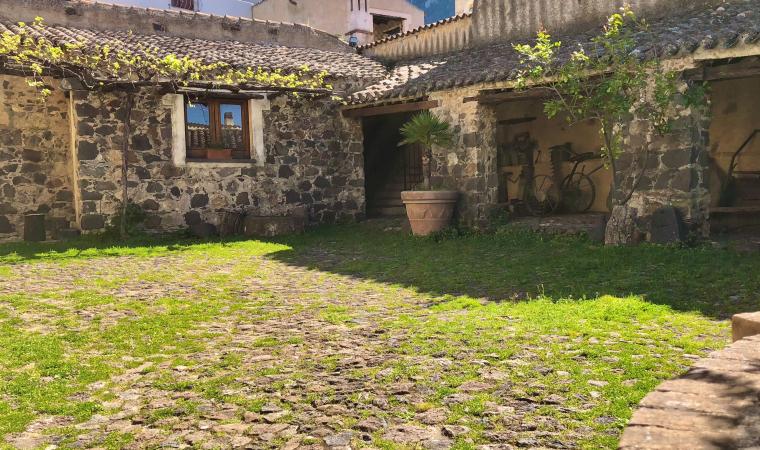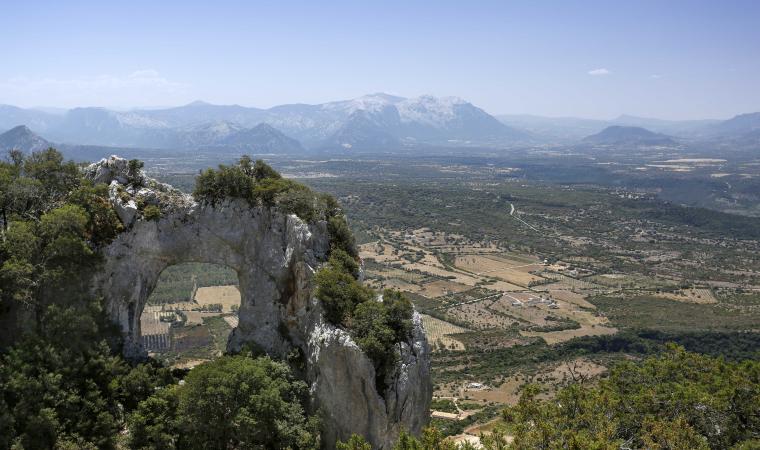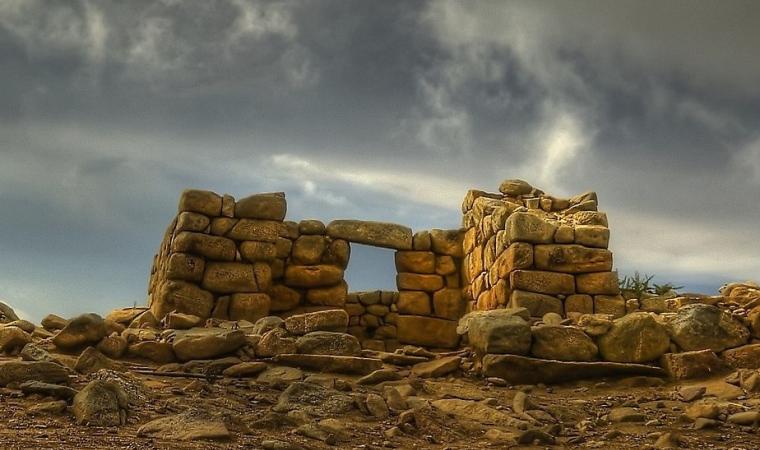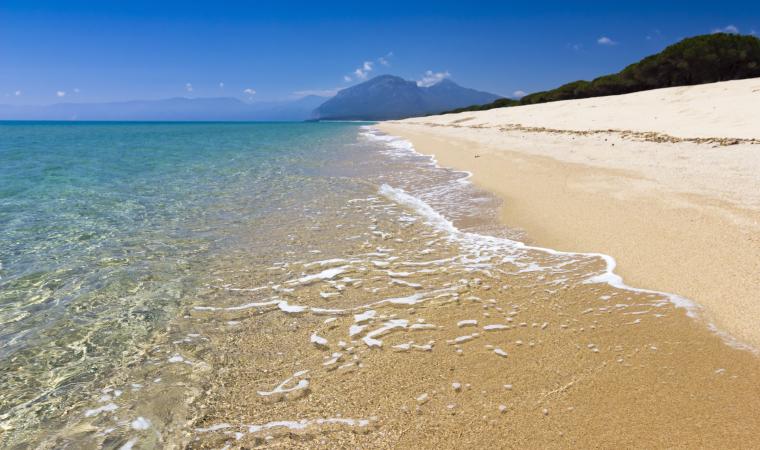A tale that spans millenniums, from prehistoric times to the Middle Ages, touching on sacred and daily themes. You will follow this journey via the fascinating objects on display at the Antiquarium of Irgoli, located in the old municipal building. The museum is home to items discovered almost exclusively in the area around the town, and include relics from the Nuragic sanctuary made up of the temple of Janna ‘e Pruna and from the sacred well known as su Notante.
The exhibit is spread over two floors and includes informational panels, maps and iconographic reproductions. You’ll see objects used in both manual and production activities like axes, blades, millstones and mortars, as well as spindle whorls and spools for weaving, jars and fragments thereof that bear witness to the development of ceramic production over the centuries. Of particular interest is a pintadera, a type of stamp used for the preparation of decorated breads. You'll also see tools used for processing milk, like boiling pots and curd strainers. Glass paste necklaces, brooches and bronze bracelets are, on the other hand, an example of the jewellery worn at the time. The votive offerings and funerary objects, especially bethels and notched ashlars, came from a sacred area on Mount Senes. There is also a special area where you can admire evidence of petroglyphs that have been uncovered over time.
The museum organises workshops and fun educational activities for children in which they can pretend to be archaeologists and learn about the ancient techniques used to work clay and bread. A visit to the museum should also include the exploration of the Nuragic Janna ‘e Pruna temple and the sacred su Notante well. The complex sits in a lovely natural environment at 600 metres above sea level with views over verdant valleys, and from which you can catch a glimpse of the peaks of both Gennargentu and Supramonte. The temple itself was made of granite blocks with a rectangular atrium and a circular cell. It is fenced in by a temenos, or sacred protective wall. Outside is another walled-in structure, with yet another wall that encircles all of the buildings of the sanctuary. Downhill you’ll find the sacred well, built with basalt, of which only part of the façade around the well remains. Water still gushes into a rectangular basin inside a roofed area with a trapezoidal entrance.


